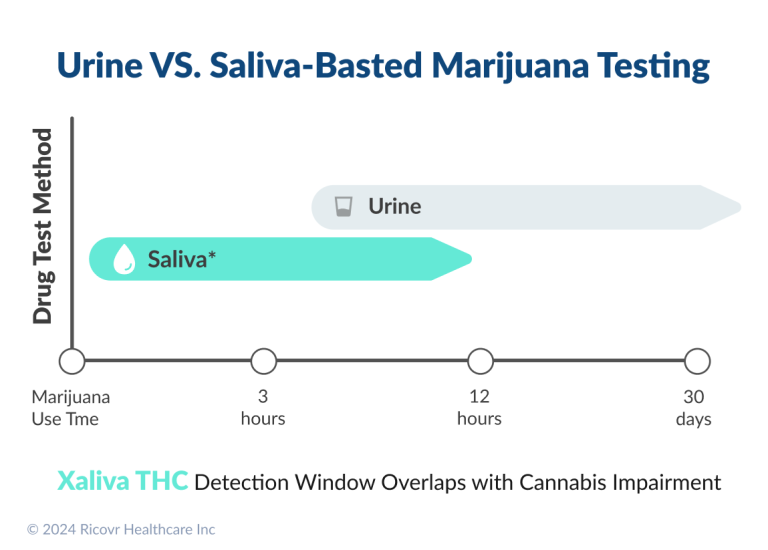Get Early
Access
Get Pricing & Early Access
Try nowIntuitive workflow uses 3 simple steps
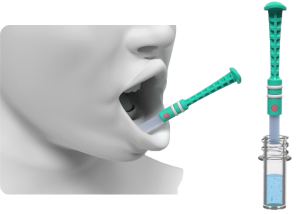
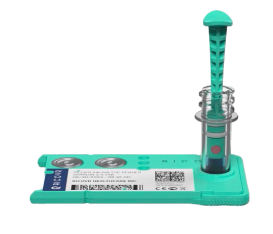
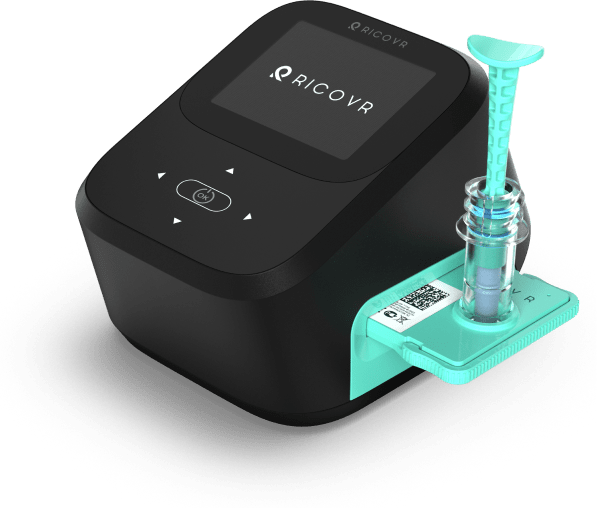
A: XALIVA® is a rapid diagnostic platform developed by Ricovr Healthcare, and our first product solution is called XALIVA® THC.
XALIVA® THC detects recent cannabis use during the workday, enabling employers to conduct onsite, rapid marijuana screening with a portable, accurate, and cost-effective tool. We help employers elevate safety and retain employees.
A: Our XALIVA® THC test detects the presence of THC in saliva using a 10 ng/mL cut-off. Ricovr Healthcare’s underlying platform technology’s accuracy in detecting THC’s presence was validated 100% compared to the gold standard, mass spectrometry. This study was performed in collaboration with Rutgers University. Yahoo Finance Link
The sensitivity, specificity, and accuracy levels of the final version of the XALIVA® THC test will all be clearly labeled and documented in the product materials enclosed with the XALIVA® THC Device and the disposable Test Kit.
A: The XALIVA® THC product is an immunoassay designed on Ricovr Healthcare’s novel optical detection technology platform. The platform utilizes microfluidic technology and requires only a small amount of saliva with a user-friendly workflow to detect the presence of THC in about 15 minutes.
A: Traditionally, screening for cannabis use in the workplace would test hair or urine samples. These sample types will detect past cannabis use; in the case of urine, this could be up to 30 days, and for hair, up to 90 days. The detection window of urine and hair is too long, which could cause employers difficulty retaining employees in the context of safe recreational or medical use outside of the workplace. Although not yet available, devices using breath collection can only detect use within about 2 hours; this detection window is too short to capture the window of cannabis impairment fully.
Saliva has emerged as the best sample for determining recent cannabis use. By using a 10 ng/mL cut-off for THC, the window of detection in saliva is about 10 hours. This aligns with the window of impairment, which lasts up to 8 to 10 hours or over the typical work day, helping to promote a safe workplace environment.
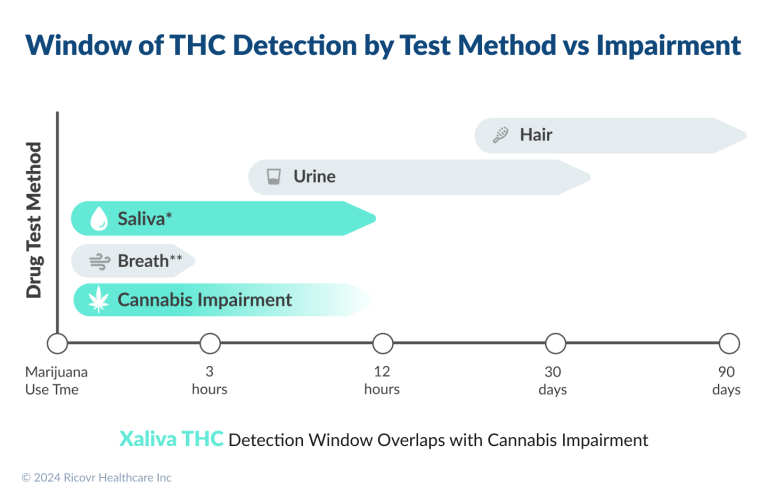
Sources:
A: XALIVA® THC tests have a detection window that starts immediately after consumption and lasts for the entire impairment window, which can last up to 10 hours.
The illustration below is modeled on several peer-reviewed publications showing THC concentration in saliva over time. (1-8) While concentrations of THC in saliva can vary from person to person, these studies show that oral fluid THC concentration follows this general trend over time.

The United States Substance Abuse and Mental Health Services Administration (SAMHSA) has set a 4 ng/mL saliva THC cut-off for the Department of Transportation (DOT) and federally regulated employees. Using a 4 ng/mL cut-off has a window of detection of about 20-24 hours; this longer window of detection may be suitable for DOT and federally regulated employees.
For non-federally regulated employees (non-DOT), a 4 ng/mL cut-off may be too strict in balancing safety and fairness. A 10 ng/mL cut-off is aligned with a window of detection of about 10 hours; this covers a typical working day and the window of impairment from consuming cannabis.
Thus, XALIVA® THC rapid saliva-based testing enables an easy, cost-effective method for deterring cannabis use in the workplace.
A: Marijuana legalization has increased access, which has led to an increase in consumption during work hours. Similar to alcohol, marijuana impairment poses an inherent safety risk and increases the likelihood of workplace accidents and injuries.
XALIVA® THC detects recent marijuana use on-site and provides employers with objective testing results to make more informed decisions on whether an employee is a safety risk.
A: It is crucial for employers and TPAs to stay current on the science and latest drug testing technology. Urine tests detect past use, and if your team wants to detect historic marijuana use, then be sure that your team knows this. There are two main issues with the urine-based marijuana drug tests:
